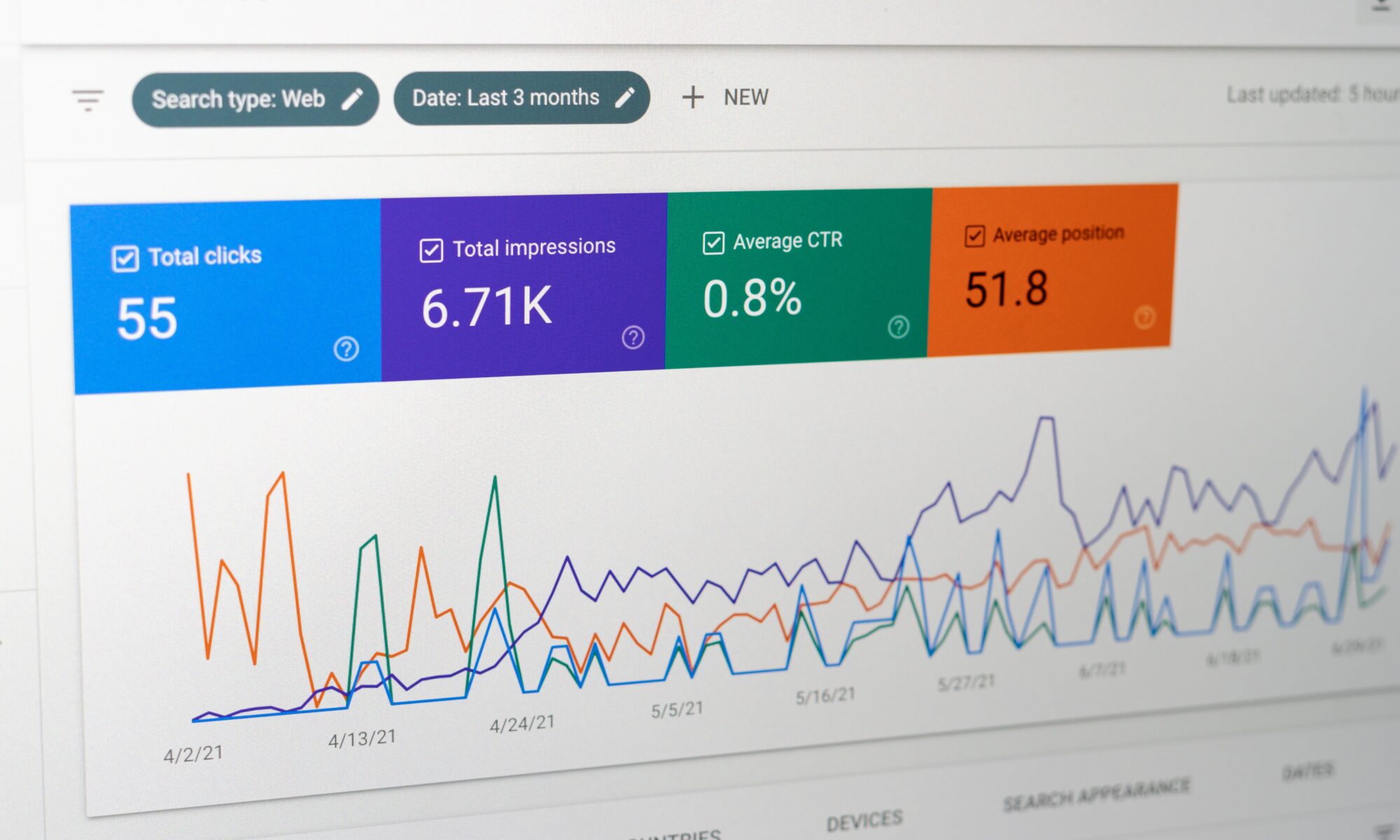As an Amazon seller, utilizing Amazon’s pay-per-click (PPC) advertising options can greatly increase visibility and drive sales for your products. With millions of products available on Amazon, competition is fierce, and having a well-executed PPC campaign can help your products stand out. In this blog, we’ll explore Amazon’s PPC advertising options and provide tips for using them effectively.
Sponsored Products
Sponsored Products is Amazon’s most basic PPC option, allowing sellers to target specific keywords and product pages. Advertisers only pay when customers click on their ad, making it a cost-effective option for increasing visibility. When setting up a Sponsored Products campaign, make sure to choose relevant keywords and set a budget that is within your advertising goals.
Sponsored Brands
Sponsored Brands, previously known as Headline Search Ads, allow sellers to promote their brand and products through sponsored ads at the top of search results pages. This type of advertising can increase brand awareness and drive sales by putting your brand in front of potential customers. When setting up a Sponsored Brands campaign, make sure to choose relevant keywords, create a catchy brand message, and use high-quality images.
Sponsored Display
Sponsored Display is Amazon’s display advertising option, allowing sellers to promote their products through banner ads on Amazon’s website and mobile app. This type of advertising can increase product visibility and drive sales by putting your products in front of potential customers. When setting up a Sponsored Display campaign, make sure to choose relevant targeting options, such as audience targeting and product targeting, and use high-quality images.
Automated advertising campaigns
Amazon provides several automated advertising options, such as automatic targeting and automatic bidding, to make PPC advertising more accessible for sellers. Automatic targeting uses Amazon’s algorithm to find the best keywords and product pages for your products, while automatic bidding sets the bid amount for your ad based on your advertising goals. Automated advertising options can save time and make PPC advertising more cost-effective, but make sure to regularly monitor your campaigns to ensure they are achieving your desired results.
Set clear advertising goals
Before setting up a PPC campaign, it’s important to have clear advertising goals in mind. Do you want to increase brand awareness, drive sales, or both? Setting clear advertising goals can help you create a more effective PPC campaign and measure its success.
Monitor campaign performance
Regularly monitoring your PPC campaign performance is crucial for ensuring its success. Use Amazon’s advertising reporting tools to track your campaign’s performance, including impressions, clicks, and sales. Adjust your campaign as needed based on its performance to ensure the best results.
Adjust your budget as needed
Setting a budget for your PPC campaign is important, but make sure to regularly adjust it as needed based on your advertising goals and campaign performance. If your campaign is not performing as well as you’d like, consider adjusting your budget to increase visibility and drive sales.
In conclusion, using Amazon’s PPC advertising options can greatly increase visibility and drive sales for your products. Utilizing Sponsored Products, Sponsored Brands, and Sponsored Display, setting clear advertising goals, regularly monitoring campaign performance, and adjusting your budget as needed can help you achieve the best results from your PPC campaigns. Start utilizing Amazon’s PPC advertising options today to increase visibility and drive sales for your products.







